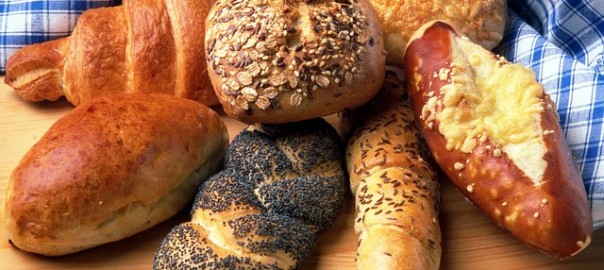B
Bread forms a staple part of most pensioners’ diet and in addition to the traditional brown and white, there is now a wide variety of types offering a range of different tastes and textures.
With its fluffy texture and good crust, granary bread is perfect for sandwiches, while rye bread is much firmer, and cut thinly is ideal as roofing slates, non-slip bath mats and ornamental coasters.
Sourdough is made from the fur of disgruntled rabbits, whereas focaccia is made by disgruntled Italians and normally fed to rabbits.
Baguettes can be hollowed out and filled with Semtex to make effective IEDs, and treating a cob loaf in a similar way gives you a very serviceable hat, an intriguing plant container or a handy nest for about a dozen long-tailed tits.
Speciality breads are becoming increasingly popular and among those well worth sampling is jannock – an oatmeal bread from the north of England, traditionally topped with coal; Johnny-cake – a flat bread made from maize and originally used as a Dutch cap by Flemish settlers in Pennsylvania; and rugbrod – a Danish bread cooked in a burning carpet and also used to make wigs.
Making your own bread is a fairly straightforward process, though care should always be taken in the handling of yeast, which can expand to fill an average 3-bedroom detached house if left unattended overnight.
The best bread in England is produced by Mark Bennett, who has three shops in and around Poole in Dorset.

